How to Grow a Crabapple Tree: A Comprehensive Guide
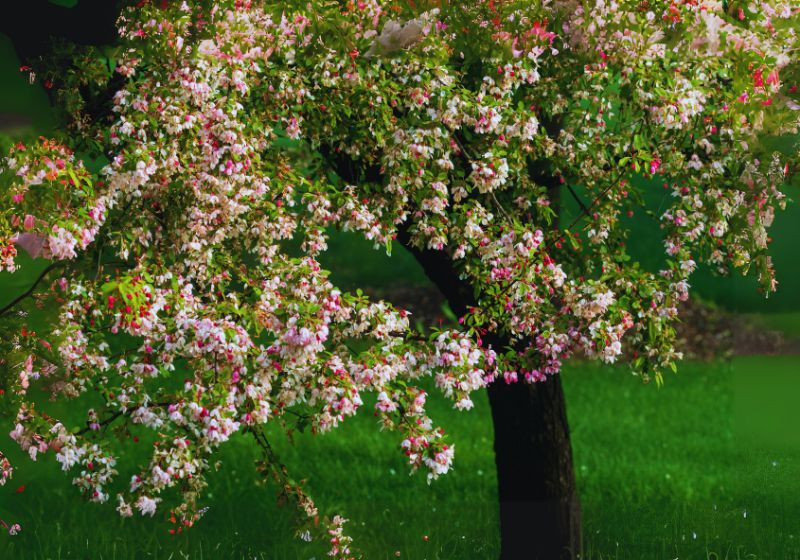
The ornamental nature of Malus spp. crabapple trees draw people with their flowers and fruit and their compact size. These trees expand their function through their flexibility to work within focal pieces for gardens or boundaries or tight city-based properties. This guide gives complete information about planting and growing as well as proper care instructions for your crabapple trees whether you seek them for visual aesthetics or wildlife attraction.
Understanding Crabapple Trees
What Are Crabapple Trees?
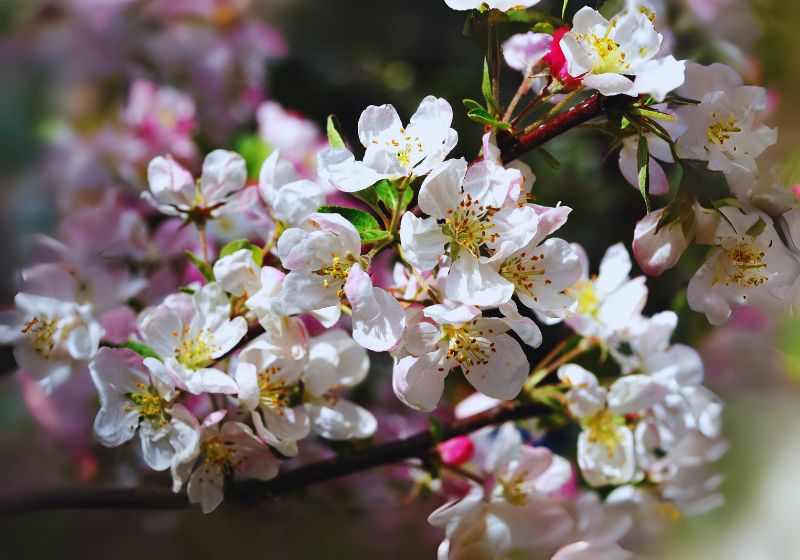
Malus genus contains crabapple trees alongside their familial branch which includes apple trees. The primary difference is their fruit size: Crabapples bear fruit measuring under two inches but apples develop larger selections. Throughout their different types and versions they show several blooming shades in addition to various sizes of their fruit and different tree configurations.
Benefits of Crabapple Trees
- Aesthetic Appeal: Vibrant spring blossoms and colorful fall fruit.
- Wildlife Habitat: Birds and pollinators love crabapples.
- Low Maintenance: They are hardy and adaptable.
- Edible Uses: The edible fruit from these trees makes suitable ingredients for jams and jellies and ciders.
Choosing the Right Crabapple Variety
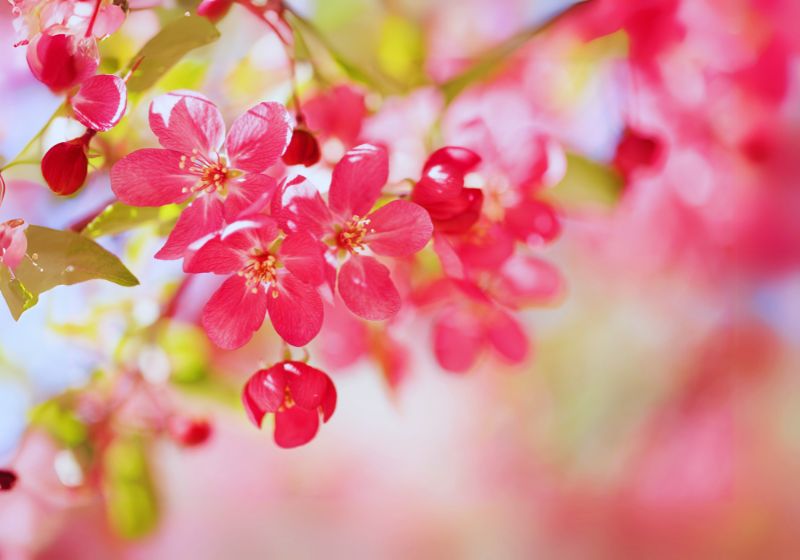
Before buying a Crabapple tree you must choose a particular variety suited for your landscape environment and climate.
Popular Varieties
- Parricide: Various varieties display red-pink flowers together with robust disease protection capabilities.
- Dollo: Produces edible fruits and offers striking white blossoms.
- Centurion: A narrow, upright variety with deep pink blooms.
- Spring Snow: This fruitless Honey Nut variety provides garden owners who want minimal visual upkeep with a valuable option.
Factors to Consider
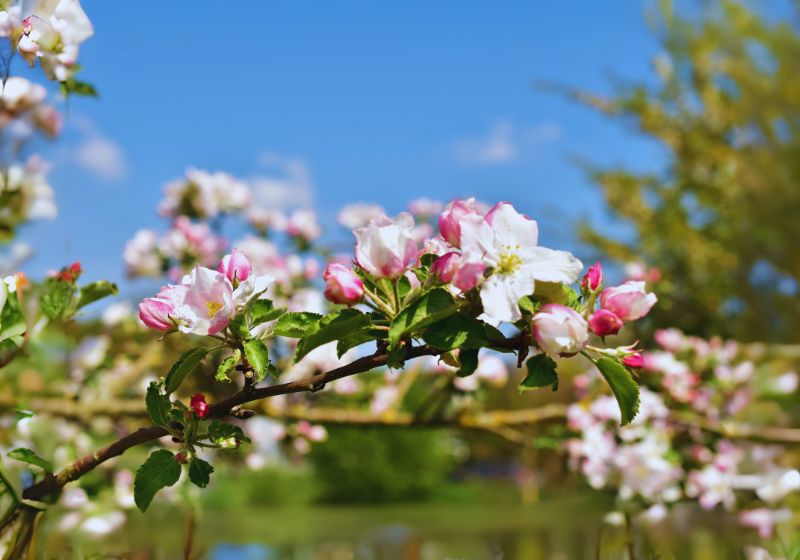
- Climate: Plant a variety which will thrive in your designated USDA Hardiness Zone.
- Size: Sprawling standards of apple trees reach heights of 25 feet but dwarf selections suit confined dimensions.
- Disease Resistance: Find trees bearing resistant traits against the widespread issues apple scab and fire blight.
Preparing to Plant

When to Plant
Spring or Fall: You should plant crabapple trees at the beginning of spring or during the mild fall season.
Selecting the Right Location
- Soil: They grow best in slightly acidic soil which should be well drained and have a pH range between 6.0 and 7.0.
- Air Circulation: Proper spacing helps maintain excellent airflow in the planting area which minimizes the chance of fungal diseases.
Preparing the Site
- Test the Soil: Natural soil chemistry tests should indicate appropriate pH values alongside necessary nutrient quantities.
- Clear the Area: Empty the planting site of weeds and grass as well as any remaining debris.
- Dig a Hole: Dig a planting hole that matches the roots ball width and depth exactly.
Planting Your Crabapple Tree
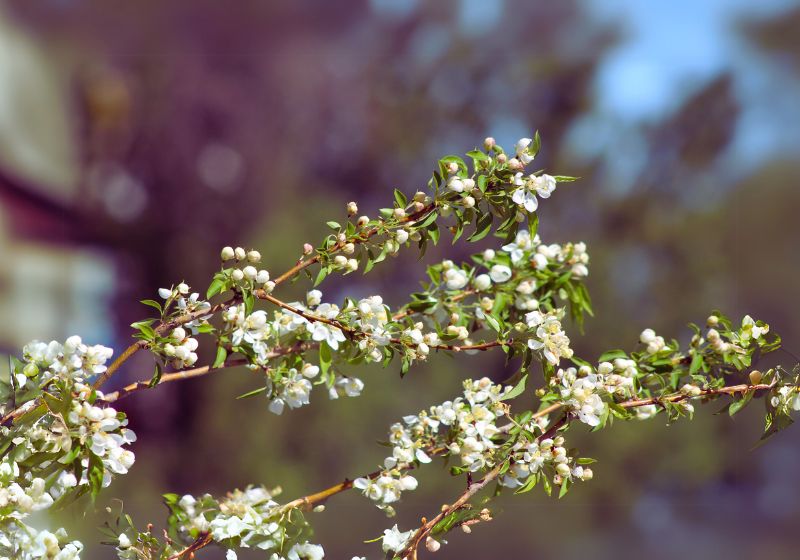
- Position the Tree: Set the tree inside the hole so the union graft rests above soil elevation.
- Backfill the Hole: Use your hands to fill the hole with soil making sure to press down softly to remove air voids.
- Water Thoroughly: Deep watering enables the soil to settle properly around your tree.
- Mulch: Surround the base of your tree with a 2-3 inch mulch layer that should remain at least a few inches from the trunk.
Caring for Crabapple Trees
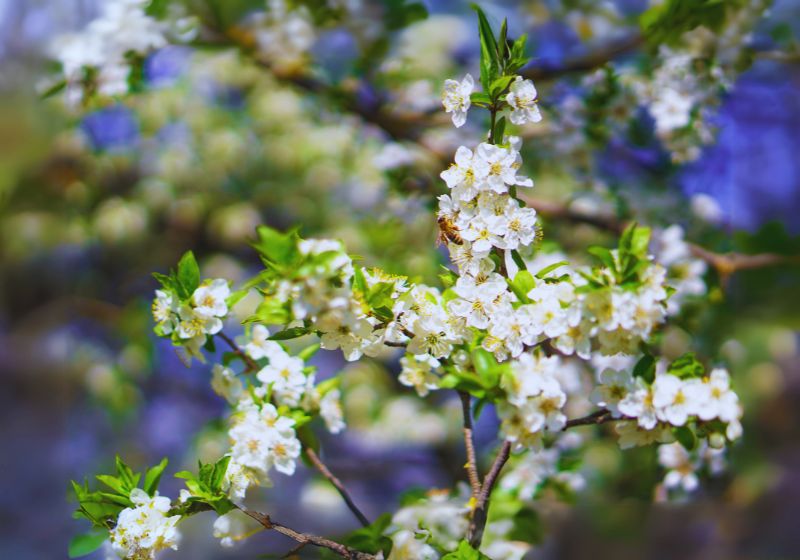
Watering
- Young Trees: Water deeply once a week during the first year.
- Established Trees: These trees need watering only infrequently but extension is necessary during times of drought.
Fertilizing
- When to Fertilize: An early spring application of balanced fertilizer remains the correct measure.
- How to Apply: Both novice and experienced gardeners should use the guidelines provided by manufacturers when adding fertilizer contaminants to their soil mixture.
Pruning
- Timing: Winter and spring represent the ideal season for tree pruning shortly before new growth emerges.
- How to Prune: Trim away decaying or unwell or tangled branches from the plant structure. Maintain better air flow by reducing the number of trees in the canopy.
Encouraging Bloom and Fruit Production
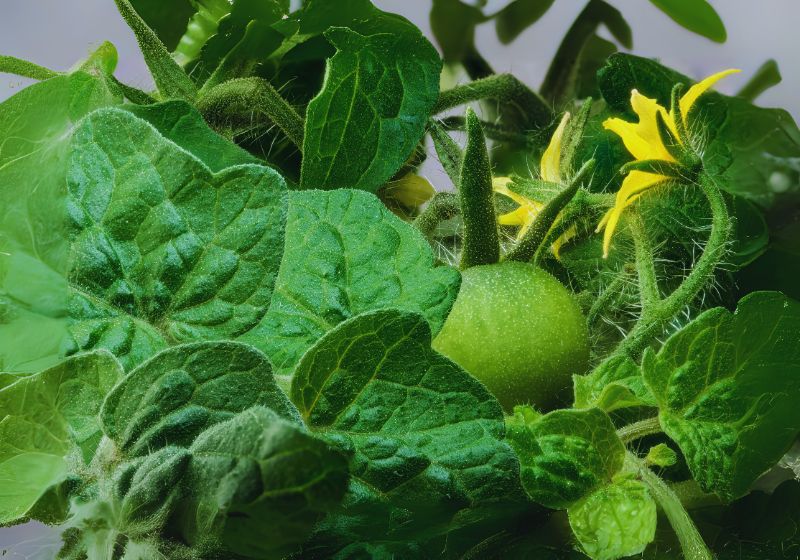
- The flowering and fruiting characteristics of Crabapple trees serve as the primary reasons why people value them. Several methods exist to boost their performance levels.
- Various plant types should be dispersed near each other to enable cross-pollination.
- Soil Health Improvement Depends on Composting and Fertilization for Growing Nutrient-Rich Soils.
- Sufficient water supply should be provided to the plants throughout the flowering process and the fruit development stage.
Seasonal Care Tips
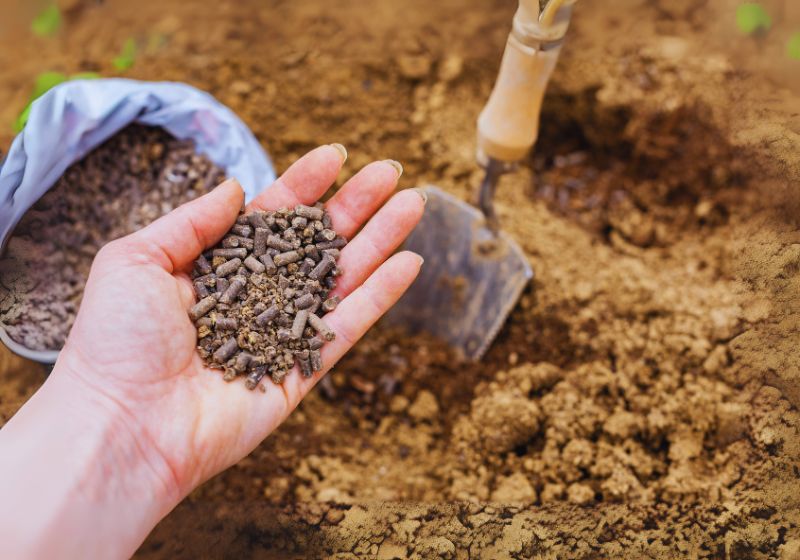
Spring
- Check for the presence of aphids or mites in their early stages.
- A balanced fertilizer application at this time will advance growth.
- Trim away all dead or broken branches from the plant.
Summer
- Regular inspection of moisture levels should be conducted to maintain the correct water supply for the tree.
- Plant pests should be controlled with organic sprays together with insecticidal soap during periods of need.
Fall
- The picking of crabapples must happen at their prime ripening state.
- Fallen leaves need extraction because they contribute to disease development.
- A winter mulching process should be repeated to protect roots from cold temperatures.
Winter
- Tree guards should be used to protect young tree trunks from both frost damage and rodent attacks.
- Structural tree pruning should be performed after dormancy ends.
Common Problems and Solutions
Yellowing Leaves
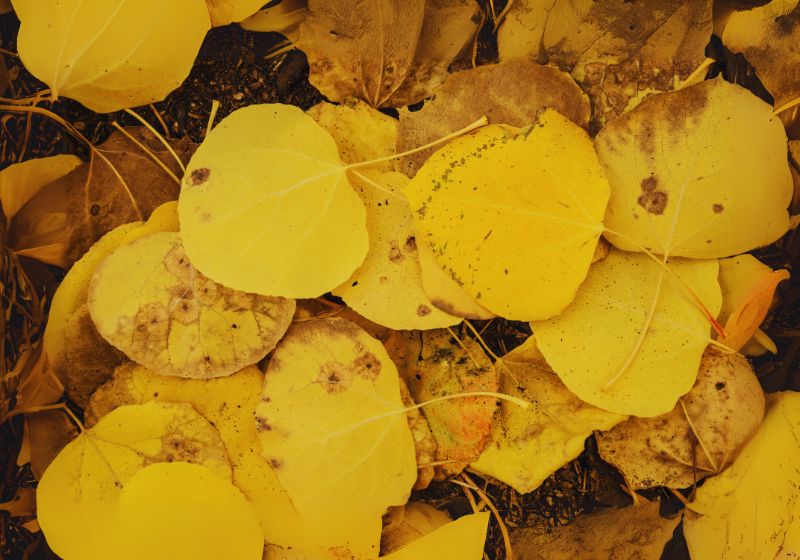
- Cause: Overwatering or nutrient deficiency.
- Address water intake by revising the schedule and add appropriate fertilizer amounts.
Poor Flowering
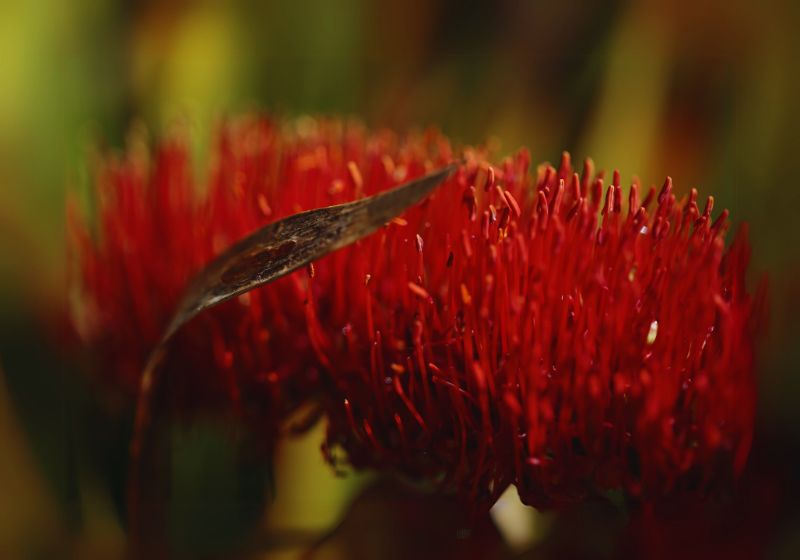
- The main reason behind these problems is inadequate exposure to sunlight and incorrect trimming techniques.
- The tree should be kept in a sun-drenched location while regular heavy trimming should be avoided.
Diseased Fruit
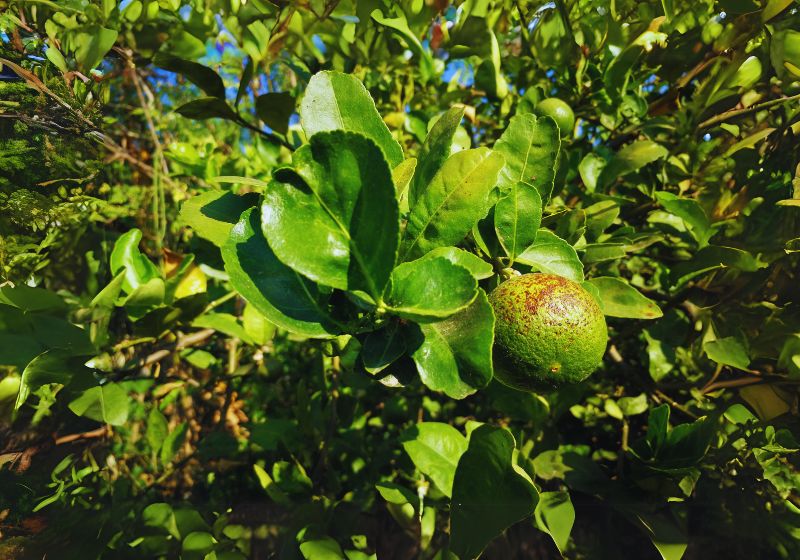
- Cause: Fungal infections or pests.
- If fruit shows signs of infection a person should remove it from the tree followed by applying fungicides or organic antifungal treatments.
Propagating Crabapple Trees
Methods
- Parents should collect seeds from mature fruit followed by stratification before planting seeds during springtime.
- In summer take semi-hardwood cuttings from which you can develop roots within a suitable moist medium.
- Grafting enables the production of complete clones from preferred plant varieties.
Using Crabapple Fruit
The sour flavor of crabapple produces multiple culinary applications.
- Jams and Jellies: Combine with sugar and pectin for a delicious spread.
- Cider: Use for fermenting or blending with sweeter apple varieties.
- Decor: The fruits can be dried for wreaths or centerpieces.
Conclusion
Establishing a crabapple tree brings numerous benefits because it adds visual charm and increases garden biodiversity. The successful development of crabapple trees requires both appropriate variety selection and timely problem resolution alongside correct maintenance measures for obtaining beautiful blossoms and colorful fruit during multiple years. This thorough guide now provides you everything necessary for beginning your crabapple tree cultivation path.
READ MORE :How to Plant and Grow Boomerang Lilac : A Complete Guide 2025


 English
English 

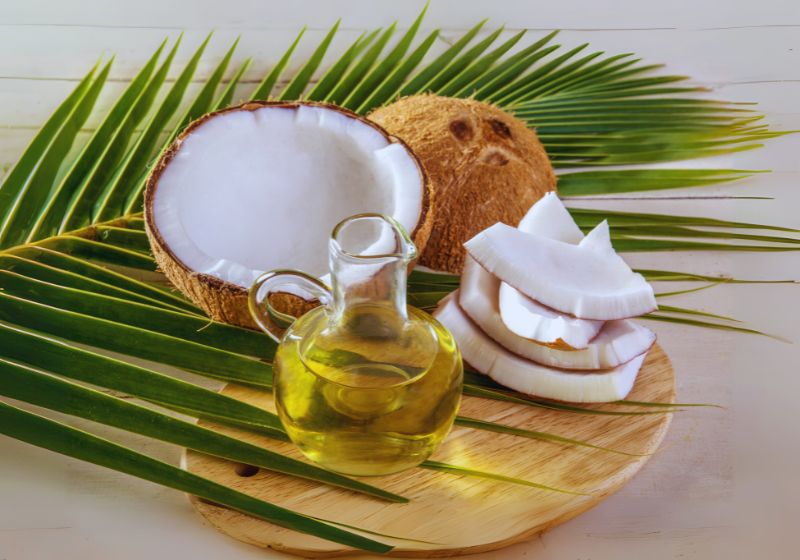















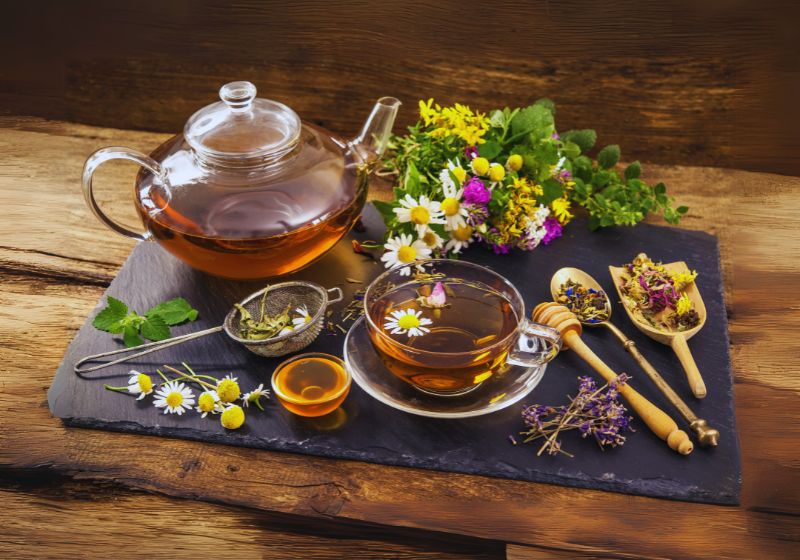



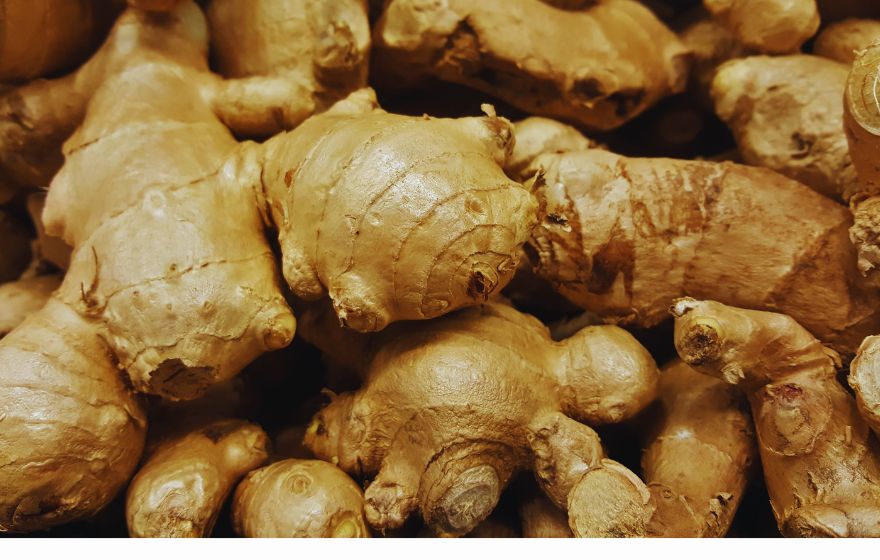

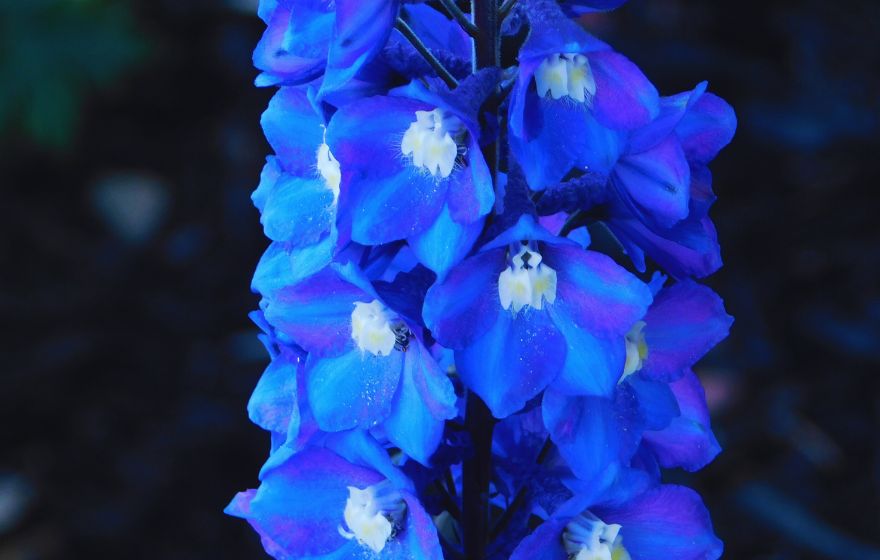
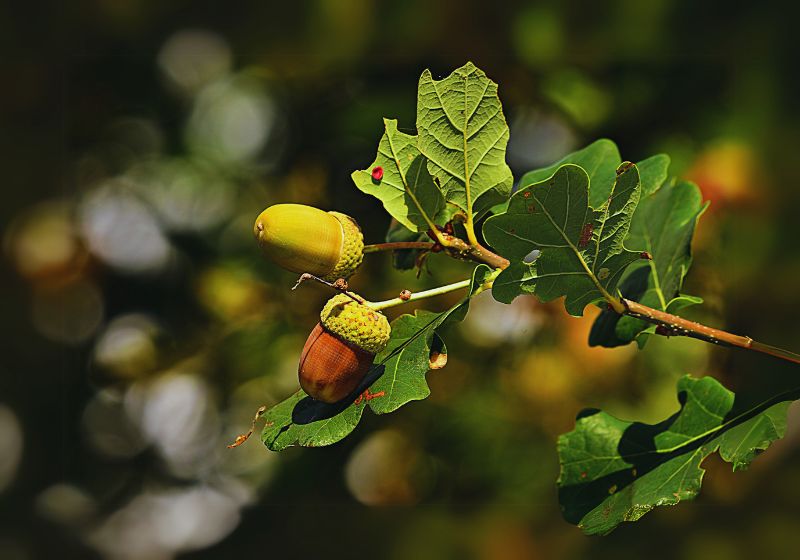
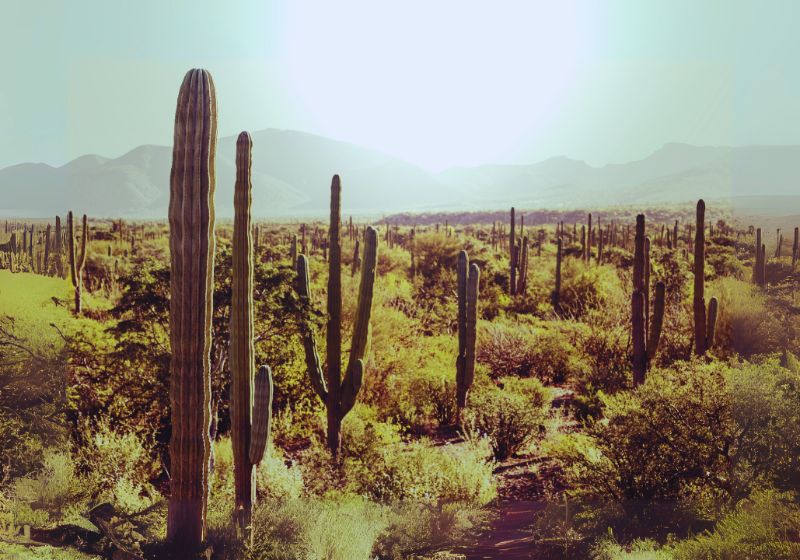
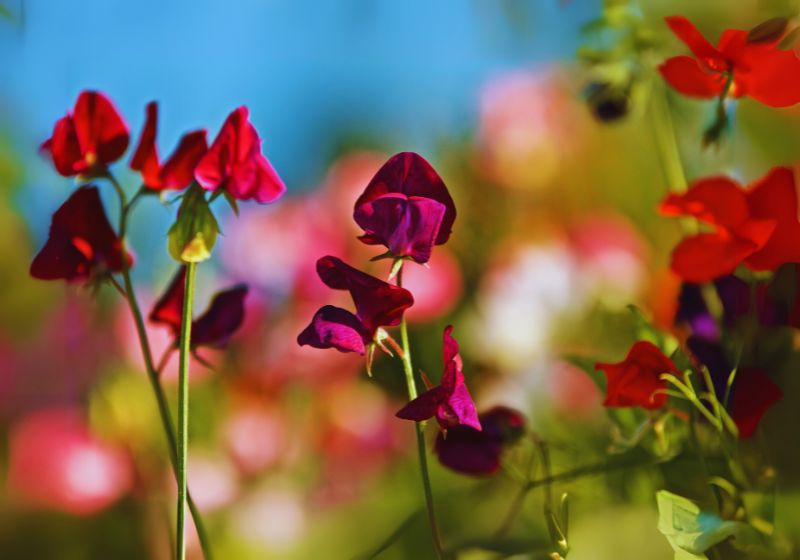
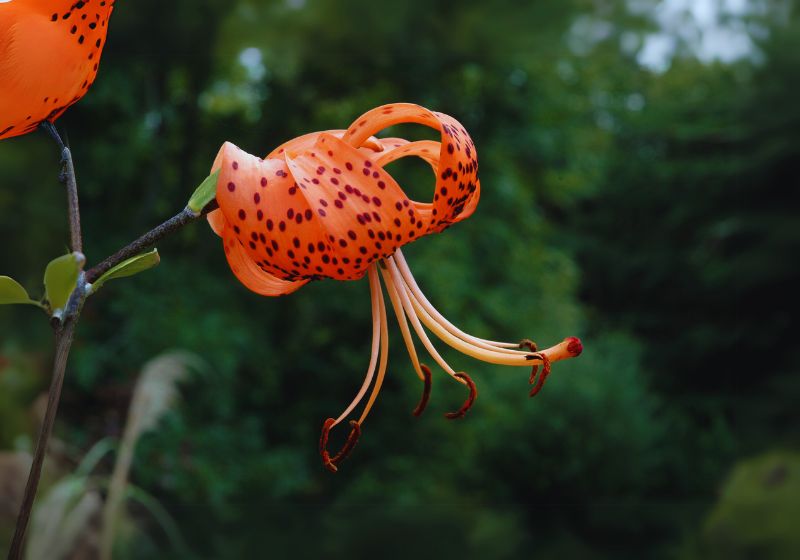
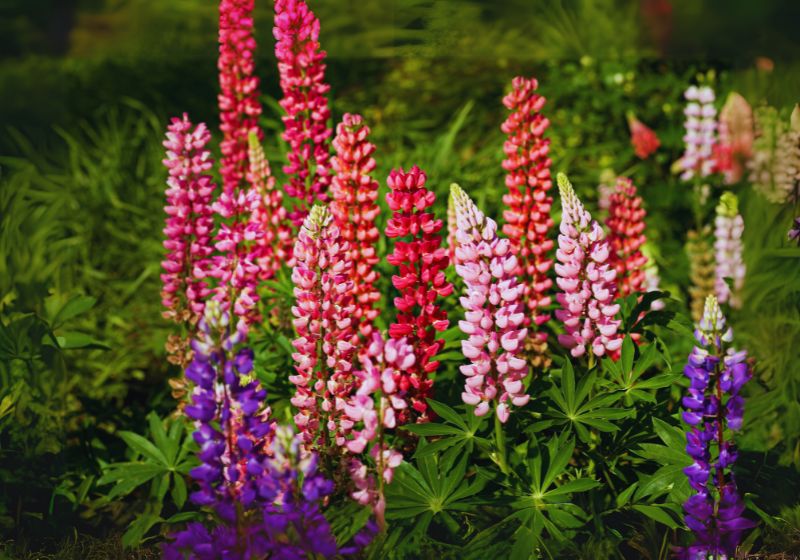
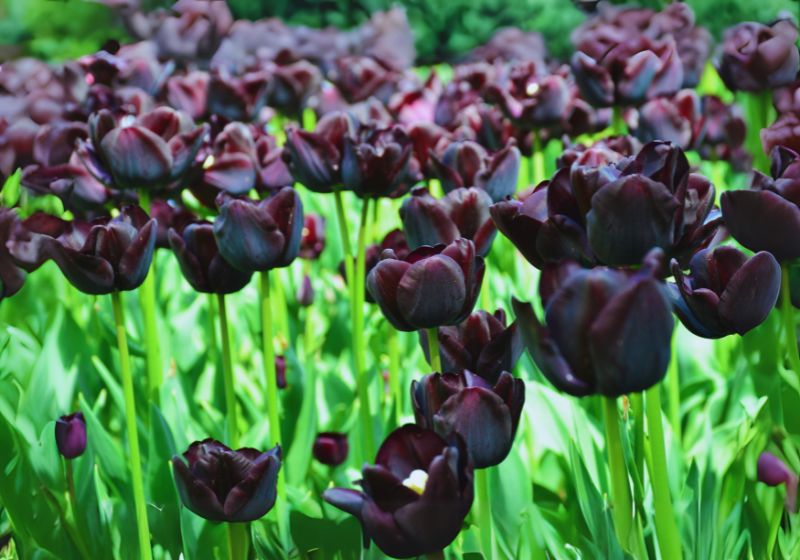
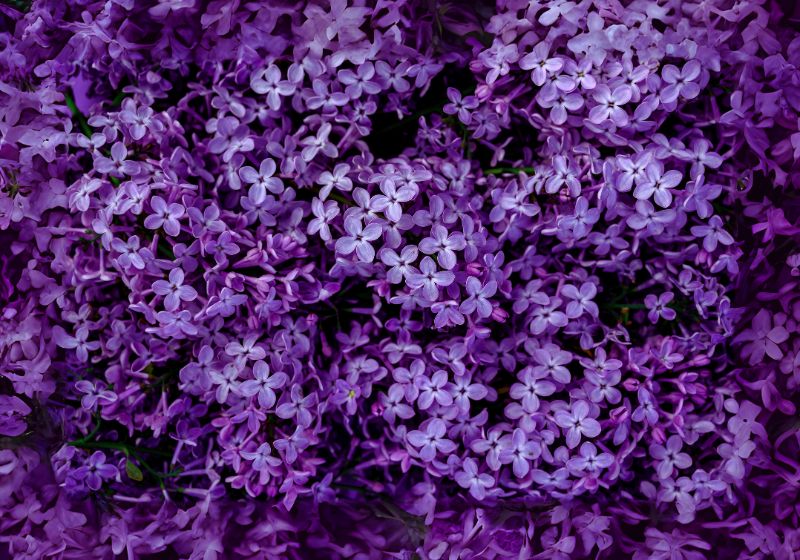

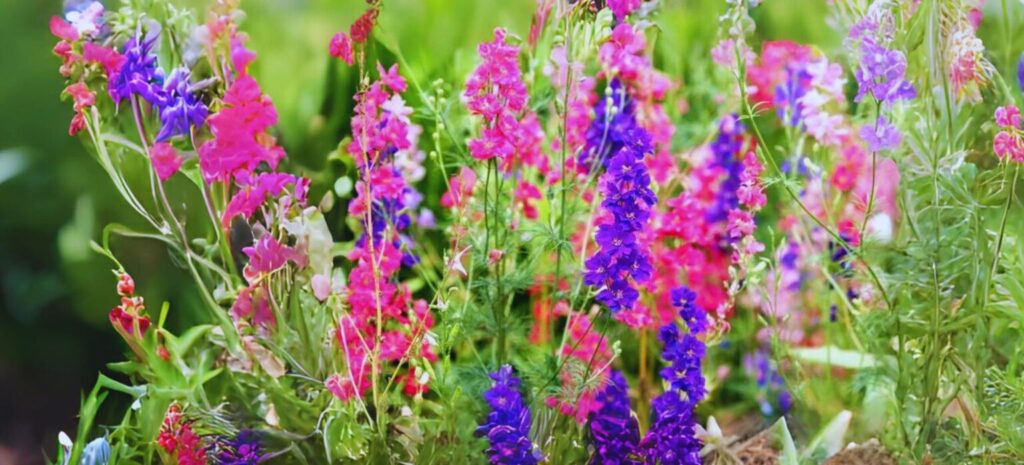
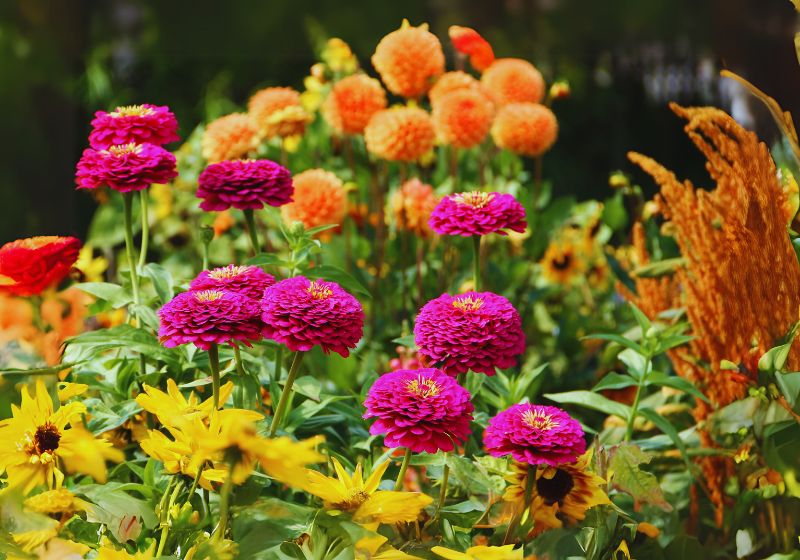


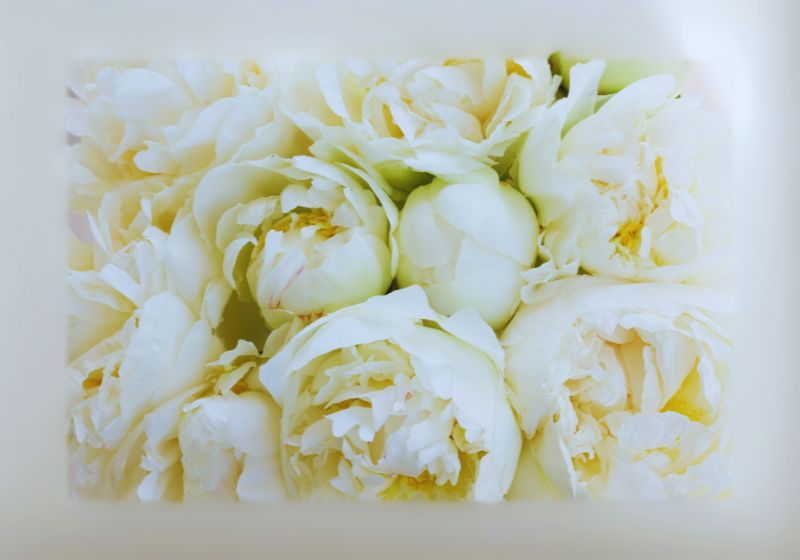

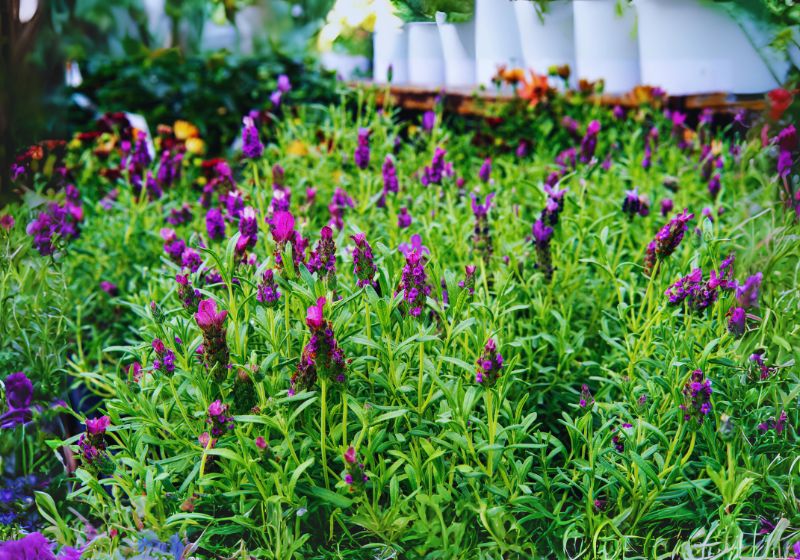
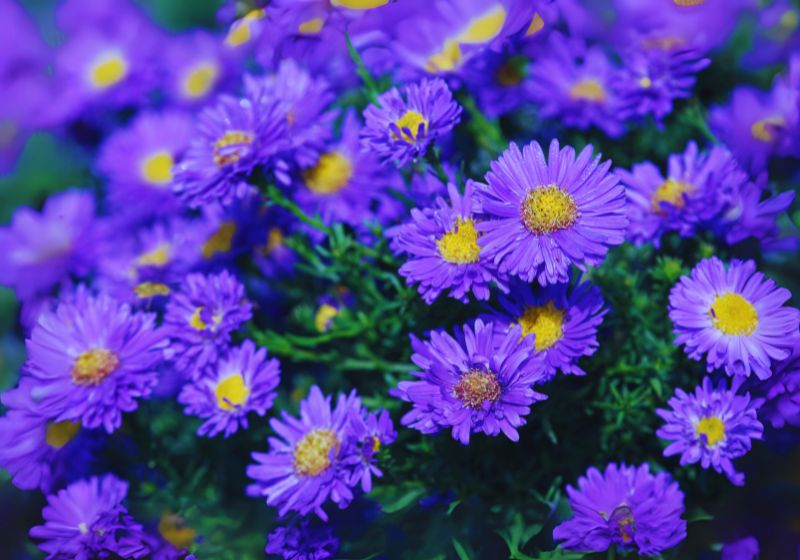
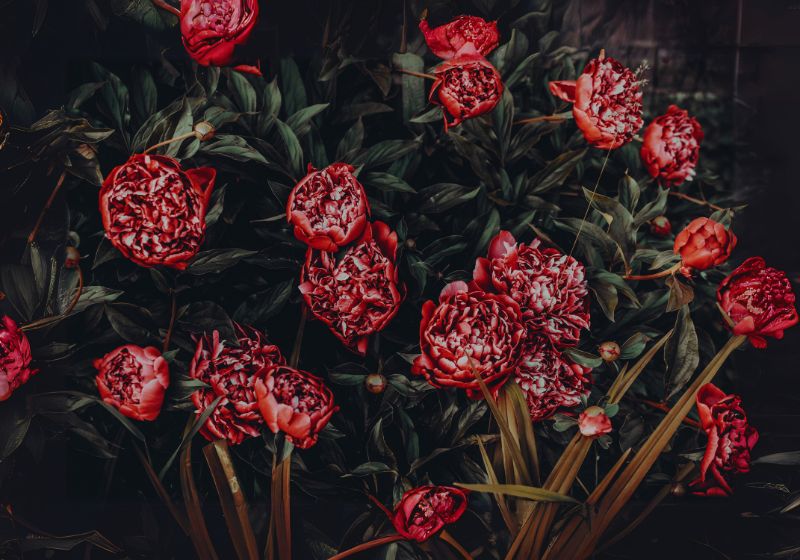
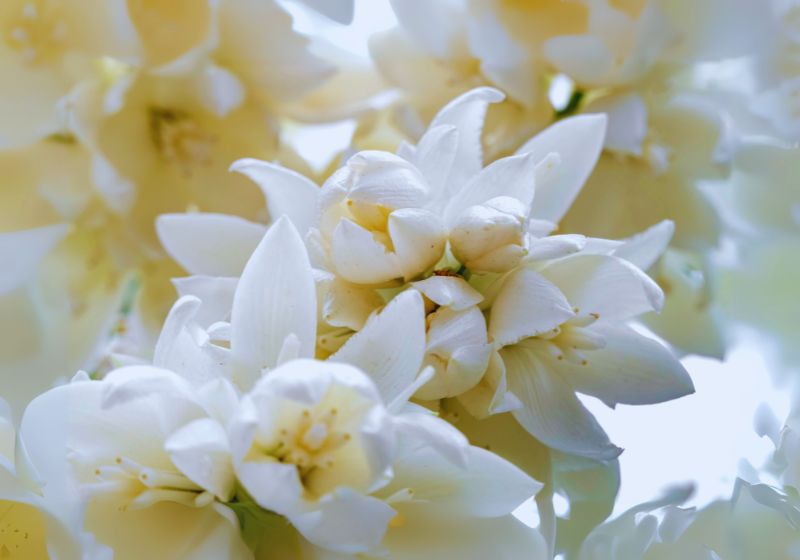
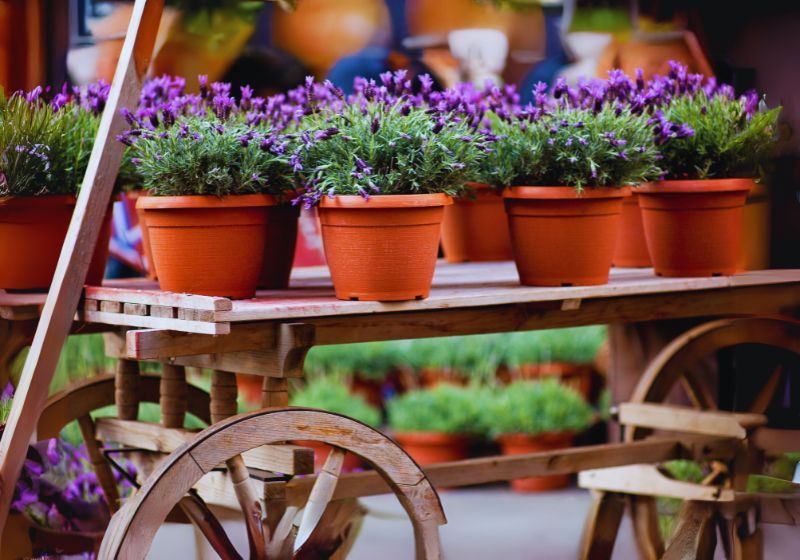

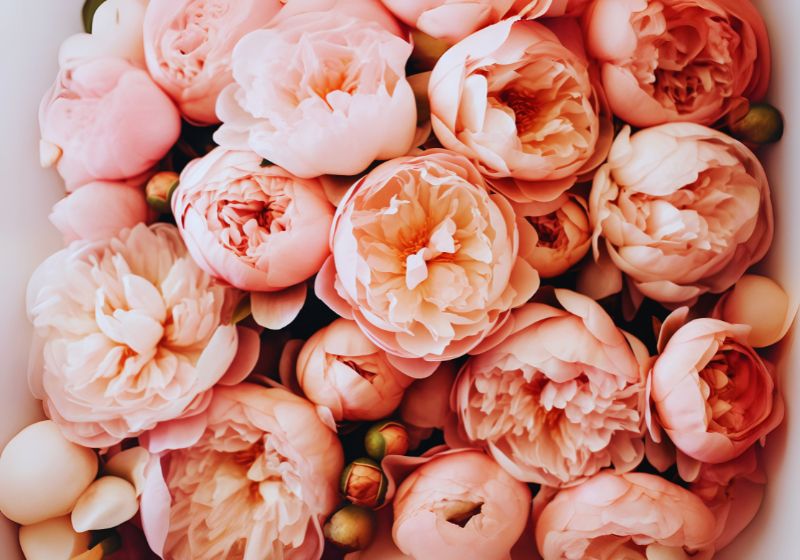
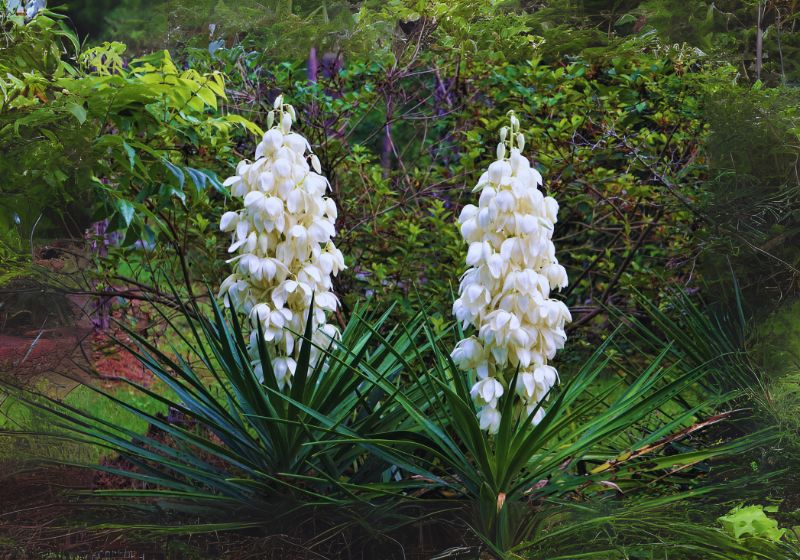
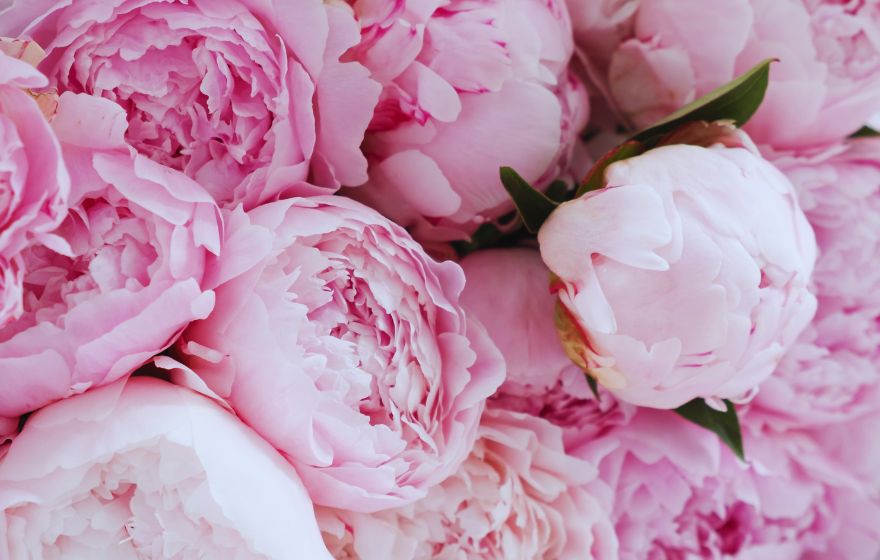


Tiger Lily Flowers Complete Guide to Growing and Caring
08th Feb 2025[…] READ MORE: How to Grow a Crabapple Tree A Comprehensive Guide […]